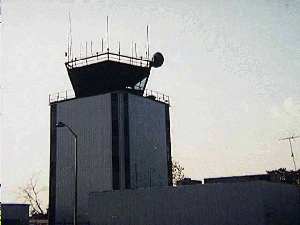 |
|
|
|
|
|
|||
|
By Daniel Baxter |
||||
 |
March 19, 2010 -
NATCA Executive Vice President Patricia Gilbert reaffirmed the
organization’s support for the modernization of the National Airspace
System during testimony before the House Transportation Appropriations
Subcommittee Thursday. But while she emphasized the importance of the
Federal Aviation Administration working collaboratively with NATCA as
the representative of the agency’s frontline workforce, she cautioned
the FAA against proceeding with budget proposals that have adjusted the
controller staffing numbers downward.
The FAA’s Air
Traffic Organization operations budget proposal cites trends that show a
downturn in traffic as a result of the faltering economy. But Gilbert
argued that “adjusting staffing downward for this reason is
shortsighted. As this economy inevitably recovers, so too will the
aviation industry.” |
|||
|
Continued
Gilbert: “NextGen, for example, is being designed in an attempt to
improve the capacity of the NAS that will only be necessary once the
aviation industry recovers. We applaud the FAA for its forward
thinking on NextGen, but we caution the Subcommittee to regard human
factors with the same mindset. Because it can take up to three years
for a new hire to become a certified professional controller, it is
impossible for the workforce size to be adjusted quickly when the
industry rebounds without preparing in advance.”
Other highlights from Gilbert’s testimony: - Regarding facilities and equipment, Gilbert said the
FAA must work collaboratively with NATCA in every stage of current
modernization projects, from inception to implementation, “enabling the
team to identify and rectify problems and glitches during the
development stages. Such involvement will help the FAA to avoid costly
and time-consuming overhauls during the implementation stages and ensure
that the final products are functional, usable and useful.” - Outlining the biggest challenge of NextGen: It is not the viability of any given project or idea, she said, “rather it is in building confidence among those in the aviation industry. The implementation of NextGen will require a major investment, not only from the federal government but from every company and every individual who utilizes the NAS.”
- Identifying
problems with En Route Automation Modernization (ERAM), considered the
largest, most comprehensive technological update in the history of the
FAA. “(NATCA) confidence is low in ERAM," Gilbert testified. "There are
several critical problems that remain unfixed and a high number of
workarounds to deal with less critical glitches. These issues represent
a significant threat to the safety of the NAS, and we believe that live
testing should be halted until the known issues are addressed. The FAA
has been pushing forward with live testing in an effort to adhere to a
timeline for implementation.” |
||||
| ©AvStop
Online Magazine
Contact
Us
Return To News
|
|
